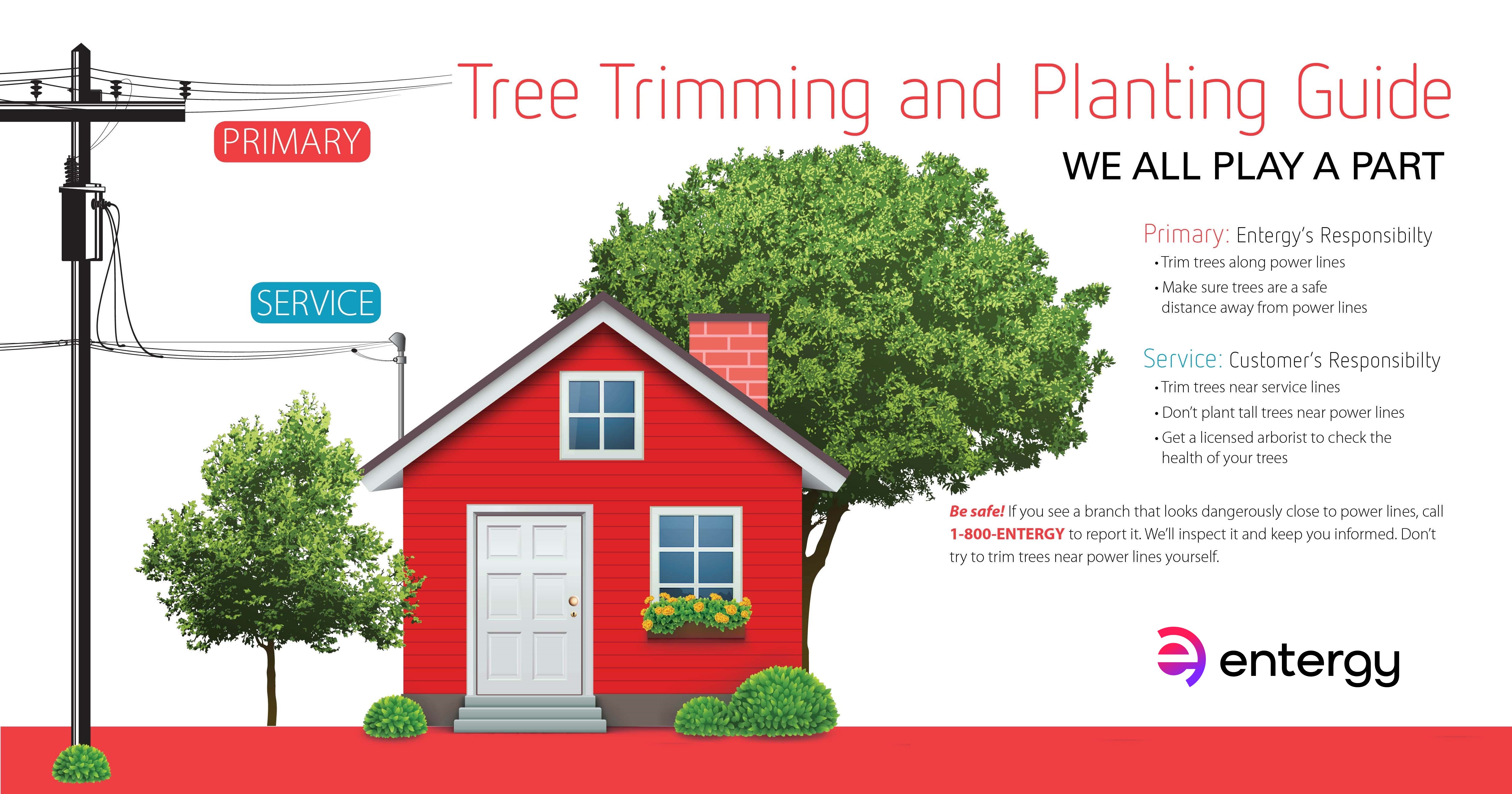Post-Tree Elimination Care Is Essential For Landscape Restoration; Discover Important Steps To Invigorate Your Space And Protect Against Future Issues
Post-Tree Elimination Care Is Essential For Landscape Restoration; Discover Important Steps To Invigorate Your Space And Protect Against Future Issues
Blog Article
Short Article By-Nunez Als
After a tree's removal, your landscape might look fairly different, and it's essential to analyze the after-effects carefully. You'll want to review the soil disruption and examine bordering plants for any type of indications of stress. Ignoring Pruning Hibiscus Tree can lead to larger issues down the line. So, what should you do with those stumps and origins? And just how do you choose the most effective plants for your rejuvenated room? Allow's explore these important actions.
Evaluating the After-effects: Reviewing Your Landscape
After a tree elimination, it's critical to evaluate your landscape to understand the effect it carries your lawn.
Start by analyzing the location where the tree stood. Search for indications of soil disturbance, and examine the bordering plants for any stress or damage.
You ought to likewise remember of how the removal has actually transformed sunshine direct exposure and air movement in your garden. This change can impact the development of close-by plants, so it's vital to review their wellness.
Take into consideration the visual facets as well; the elimination may create an open space that you can redesign.
Ultimately, consider any kind of prospective erosion issues that may occur from the tree's absence. Attending to these elements early will assist restore equilibrium to your landscape.
Dealing With Stumps and Roots: Options for Removal
When you've assessed the consequences of the tree elimination, you'll likely require to take on the stump and roots left.
You have a couple of alternatives for removal. One reliable method is stump grinding, where a professional utilizes a maker to grind the stump to below ground level. This strategy leaves very little disturbance to your landscape.
If you prefer a do it yourself technique, you can use a mix of excavating and chemical stump cleaners. Just bear in mind, this process can take some time and effort.
Alternatively, take into consideration leaving the stump as an all-natural function, which can function as a special garden aspect or habitat for wildlife.
Whatever you pick, attending to the stump and origins is important for recovering your landscape.
Selecting the Right Plant Kingdoms for Your New Area
As you evaluate your recently cleared room, picking the right plants can considerably improve your landscape's charm and functionality.
Begin by taking into When To Prune Trees and soil conditions. For warm areas, select drought-resistant plants like lavender or succulents. In shaded areas, ferns and hostas prosper well.
Consider the dimension and development practices of your plants; mix perennials and annuals for seasonal range. Do not forget to integrate indigenous varieties; they need less maintenance and support local wildlife.
Group plants in odd numbers for an extra all-natural look and develop layers for aesthetic deepness.
Finally, ensure you have a mix of shades and appearances to keep your landscape vivid throughout the periods.
Pleased planting!
Conclusion
To conclude, restoring your landscape after tree elimination is a fulfilling procedure. By examining the aftermath, attending to stumps and roots, and choosing the right plants, you'll create a flourishing environment. Don't forget to include erosion control actions to secure your soil. With a little effort and treatment, you can change your area into a dynamic garden that improves your residential or commercial property. Welcome the possibility to rejuvenate your landscape and appreciate the charm of nature right in your backyard!
